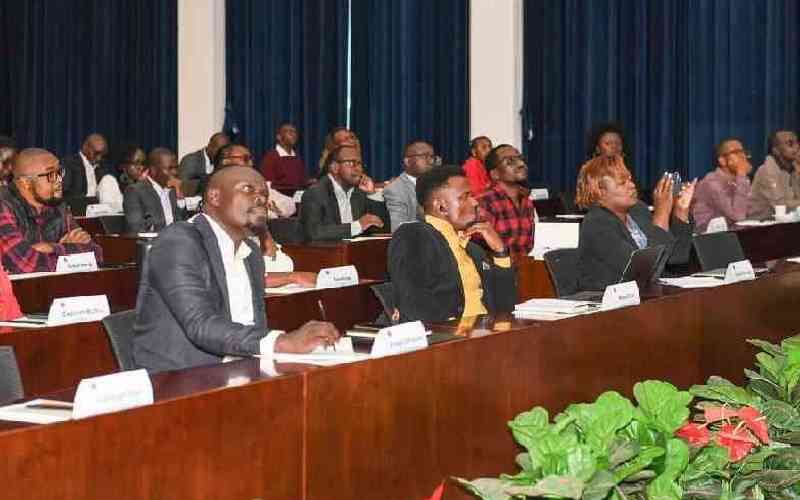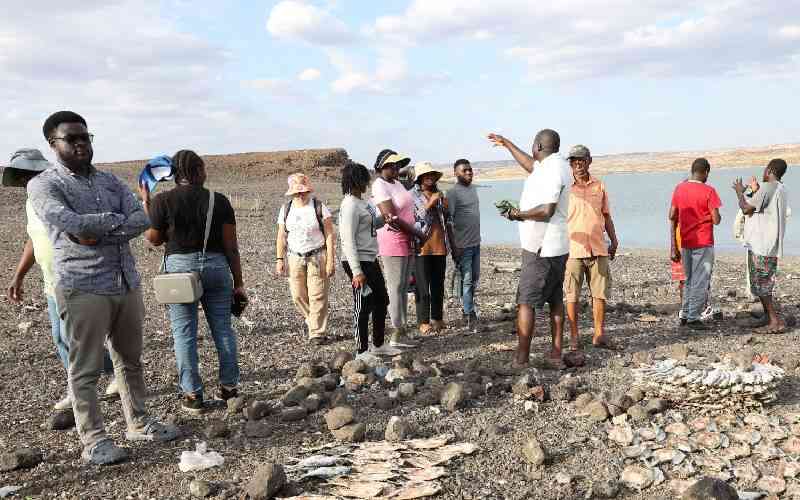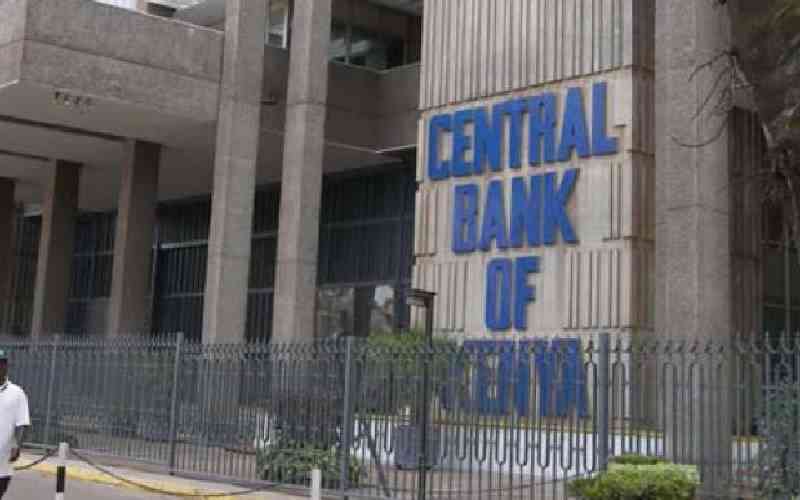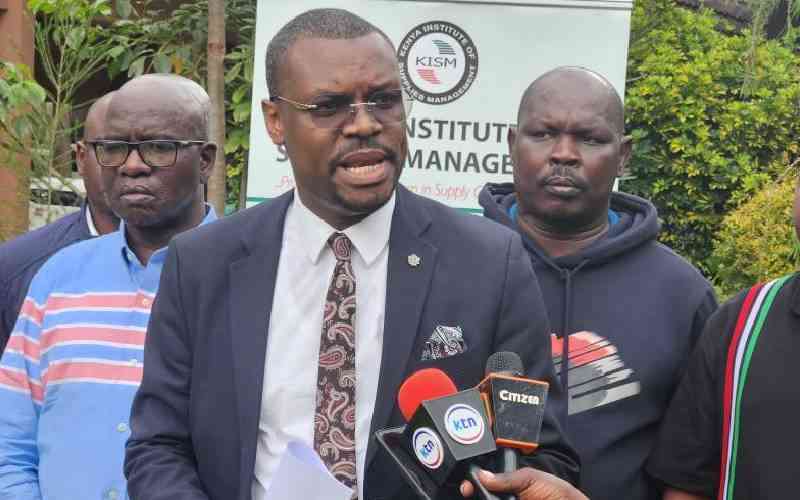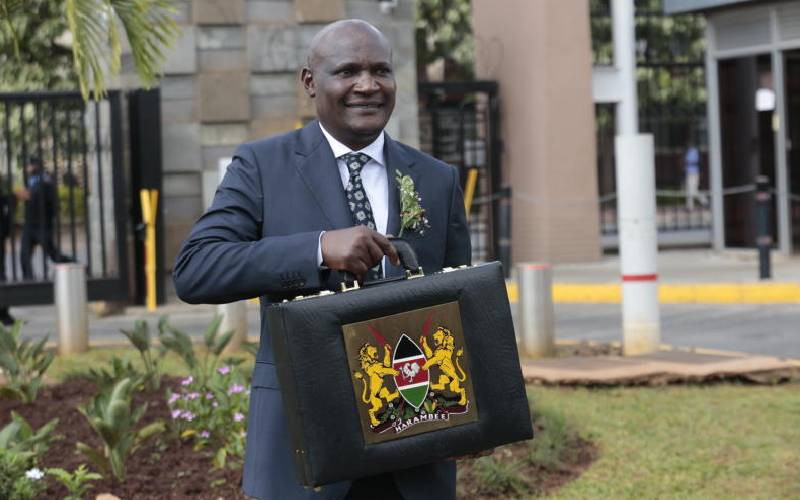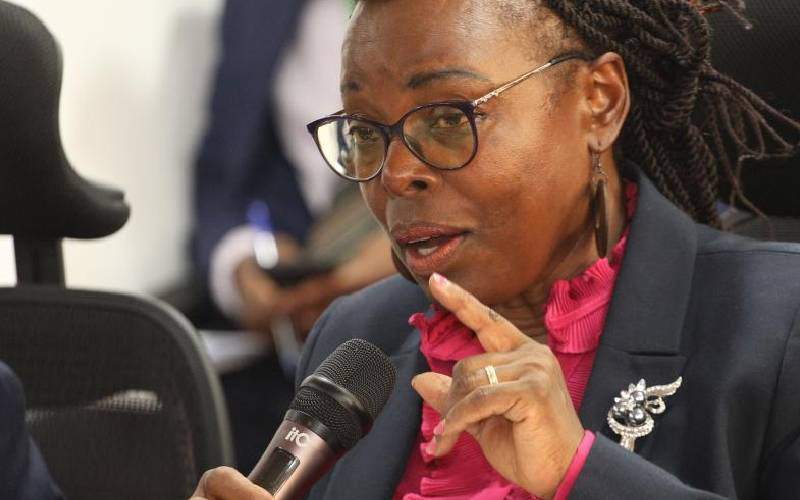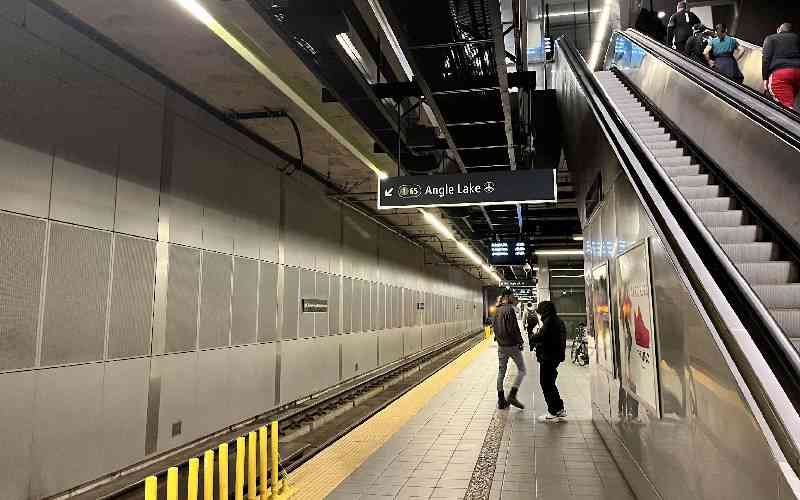
We are in motion throughout our lives, from maternity to cemeteries. We can persuasively suggest that logistics and its sister transport, are the forgotten catalyst of economic growth.
Yet, in careers and schools, logistics and transport management don’t score very high on the prestige scale compared to, say, finance. You are more likely to get a business card from a finance director than from a logistics manager.
The negative view of logistics could have started from our first encounter with logistics through matatus or pickups. We started seeing transport and logistics as necessary evils. The key players in “early” logistics were not good role models, either as matatu conductors or drivers. Remember, they were likely to be employees, not owners.
The informal nature of our economy possibly mutes the importance of logistics and transport. The time premium is low. There is too much flexibility in time with no penalties. As we modernise, the premium goes up, ask Kenyans abroad (majuu).
A visit to a developed country leaves no doubt why logistics matters. There is no slack time. We should not forget that logistics is part of supply chain management, broader to include transportation, warehousing and inventory management. It’s the nervous system of production systems and the economy.
One lynchpin of logistics is integrating the various modes of transportation. That reduces waiting time, leading to efficiency and lower costs, eventually enjoyed by the customers. If you “connect” while going to work, integration makes sense to you. How far do you walk before picking your matatu? Changing the matatu?
Modes of transport
Suppose you could pick SGR on Thika Road? In the city centre? At the airport. Why do road, rail, water and air work independently? Why is there no rail to the airport like in other airports all over the world? One could argue that there are taxis and buses. Are these enough choices for the customers?
On a visit to the US’ Pacific Northwest, I noted, as you get out of the airport, you have the choice of taxi, bus, or rail. You can bring your car, park it and take the train. And there is no parking fee.
I have not seen anyone paying for parking in the malls in the Seattle area. Do we refuse to build more parking to ration it out using price? We should ban counties from charging parking fees to make them creative in getting other revenue streams.
One reason we take too long to improve our logistics is that we see it in terms of roads, railways, ports or airports. Logistics have the invisible component, planning and optimising. It should be about people and their behaviours. That is why integration of the many modes of transport makes economic sense.
Give credit where it’s due. Matatus are often way ahead of our planners and policy makers. Noted how matatus have dismantled the hub and spoke model borrowed from planes?
Ever wondered why Ethiopian Airlines must take you through Addis Ababa? And Emirates through Dubai or Turkish through Istanbul? Why not fly directly to your destination?
Think of it, if you wanted to get from Westlands to Thika, you had to first get into the city, then pick a Thika matatu. You can now get a Westlands-Thika matatu directly. Other towns and estates have been connected that way. It saves you time and is often cheaper. Kenya Bus Ltd used to have such “across” the city buses.
Identifying matatu routes
Stay informed. Subscribe to our newsletter
It would be interesting to know how matatu operators identify the routes that need “direct matatus.” Do they use any models? Any AI or just their hunch?
The savings from logistics go to other sectors of the economy. Logistics is now made easier by technology, including apps on your phone. But it’s limited by investment in “real things” like roads, rails, ports, and airports. Improvements in logistics often involve heavy investment in public works.
Does it surprise you that it took 100 years to build SGR after the narrow-gauge railway? When are we building underground and “sky” trains? Can we borrow from skyscrapers?
They take advantage of the “air” and the ground below. Think of the Thika superhighway, full of commuters waking up at 5:00 am or earlier to avoid traffic jams. Time for a sky train?
Some creativity can also help us improve on logistics. Why do we all report to school or work at the same time? Why not stagger the starting time? One curious innovation from the Seattle area: school districts outsource student transport and use pooling. Why does each school in Kenya need a school bus? Finally, economics, not politics, should give guidance on improvements in logistics. A good example: In SA, coal is transported to the port by trucks. In the USA by rail. Talk to us if you have an explanation.
